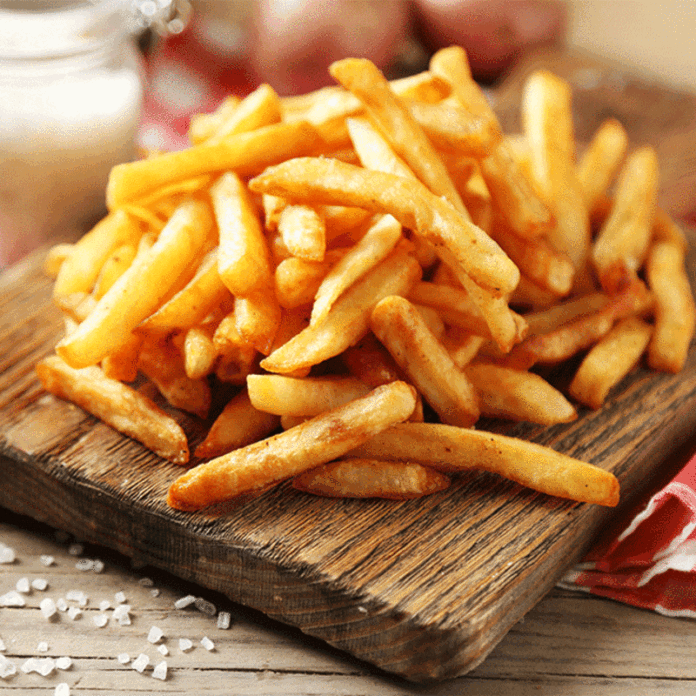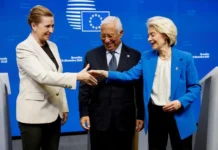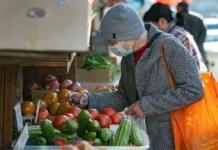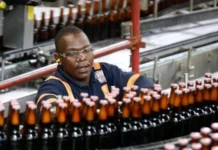From drought-stricken cotton fields to becoming a global french fry supplier, India’s transformation into a frozen potato superpower has been nothing short of remarkable, thanks to innovation, persistence, and an ever-growing global appetite for fries.
Jitesh Patel, a farmer from Gujarat, is at the heart of this revolution. Faced with failing cotton crops and worsening droughts in the early 2000s, Patel and his family shifted to potato farming. “We realised that we had to start growing something that does not require a lot of water,” he recalled.
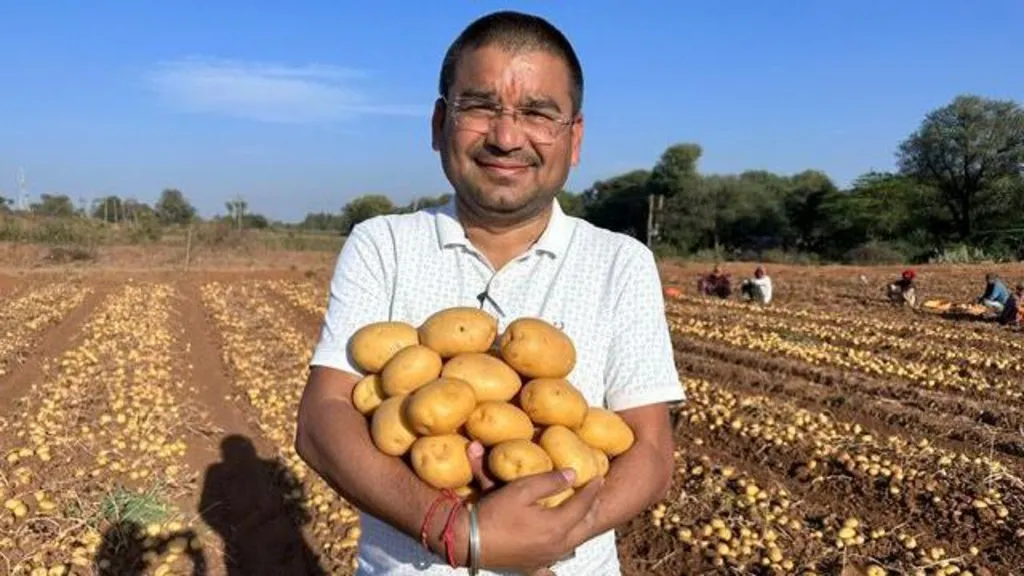
Jitesh Patel’s farm business has prospered since switching to potatoes. Photo/Courtesy
The turning point came in 2007 when global french fry producers, including McCain Foods and India’s HyFun Foods, set up large-scale processing facilities in Gujarat. The Patels began growing industry-grade potatoes used for fries, a decision that transformed their fortunes.
Now, Gujarat is the epicentre of India’s frozen fry production. According to agricultural analyst Devendra K., exports of Indian frozen fries hit a record high of 181,773 tonnes in the year ending February 2025, a 45% increase from the previous year. February alone saw exports exceed 20,000 tonnes for the first time. Major markets include the Philippines, Indonesia, and Thailand.
India’s competitive pricing has been a key advantage. In 2024, Indian fries were cheaper than even those from China. “India has emerged as a significant player and exporter due to its abundant agricultural produce, cost-effective manufacturing, and growing focus on quality,” said Haresh Karamchandani, CEO of HyFun Foods.
HyFun operates seven potato processing plants in Gujarat and plans to add two more by 2026. The boom is fueled by changing consumer habits, increased urbanisation, and rising demand for frozen foods in both domestic and international markets.
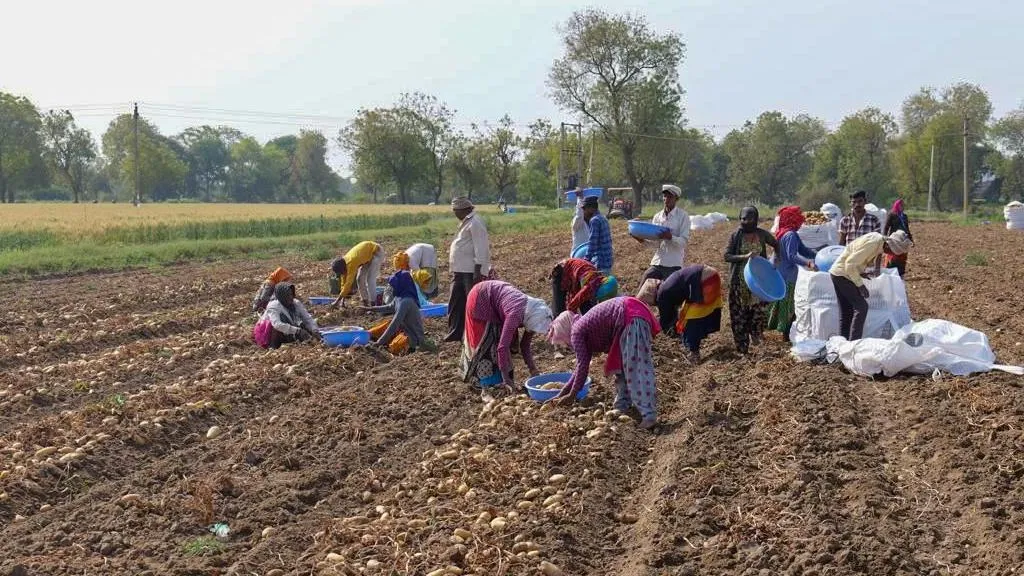
Behind the scenes, success is being powered by science and innovation. Patel, who studied agriculture at university, uses drip irrigation, rotates crops, and enriches soil with cow manure. He and his peers are now experimenting with new potato varieties tailored for frying.
Companies like Jain Irrigation Systems are pushing the boundaries further, using tissue culture to clone high-yield, disease-free potato plants. “We are developing varieties to combat browning caused by high sugar levels in late-season crops,” said Vijay Singh, the firm’s vice president of marketing.
However, infrastructure challenges persist. Only 10–15% of India’s cold storage facilities are equipped to handle frozen foods, and these are mostly concentrated in a few states. “There’s also a shortage of refrigerated transport, and unreliable electricity increases the risk of spoilage,” warned Vijay Kumar Nayak, co-founder of Indo Agri Foods.
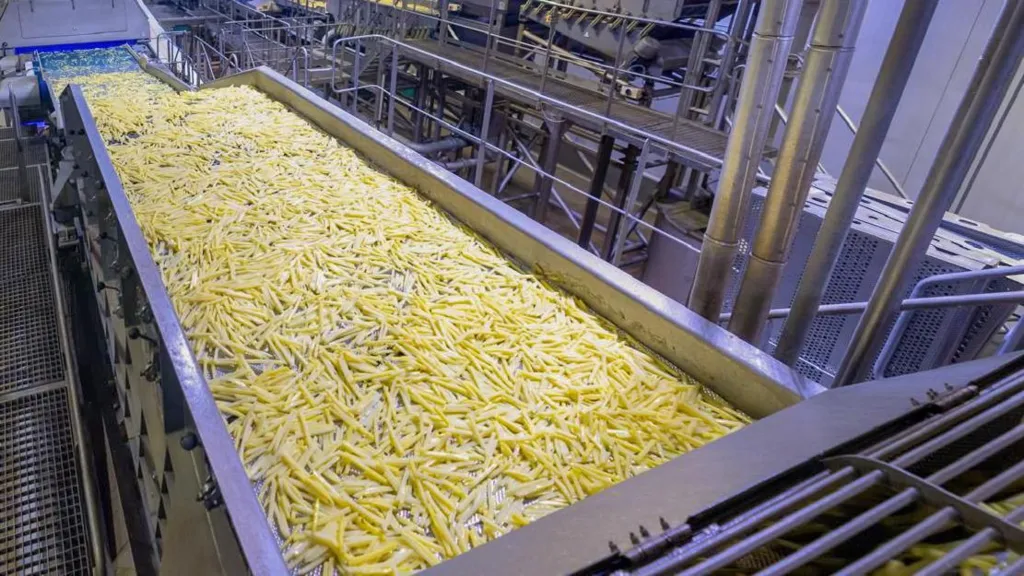
Despite the logistical hurdles, the momentum is strong. “Gujarat has become a food processing hub,” said Patel. “Most farmers, including me, are now contract farmers. It gives us stability and good returns.”
India may not have invented the french fry, but it’s now one of the biggest suppliers in the world, one crisp at a time.
Written By Rodney Mbua









